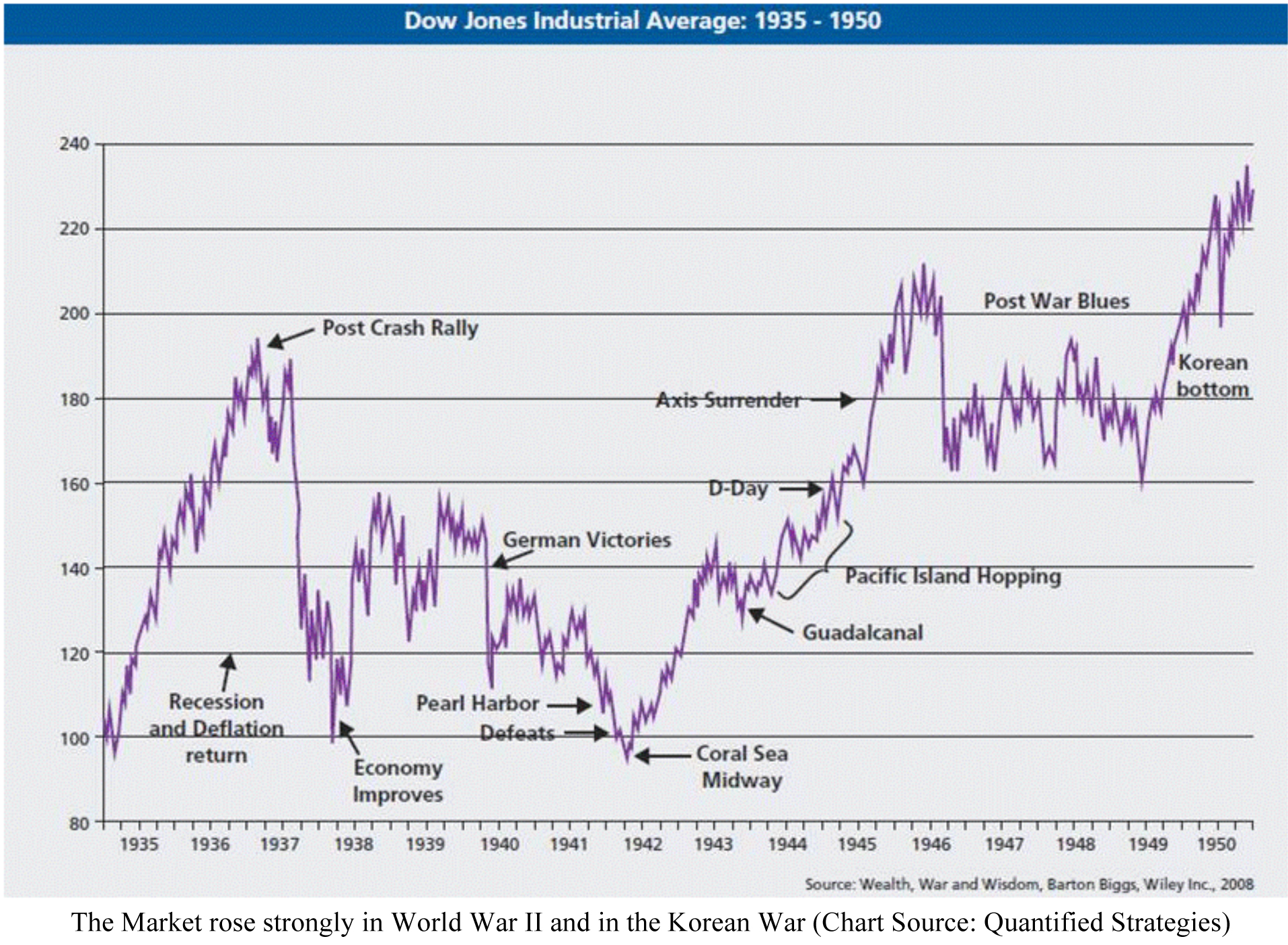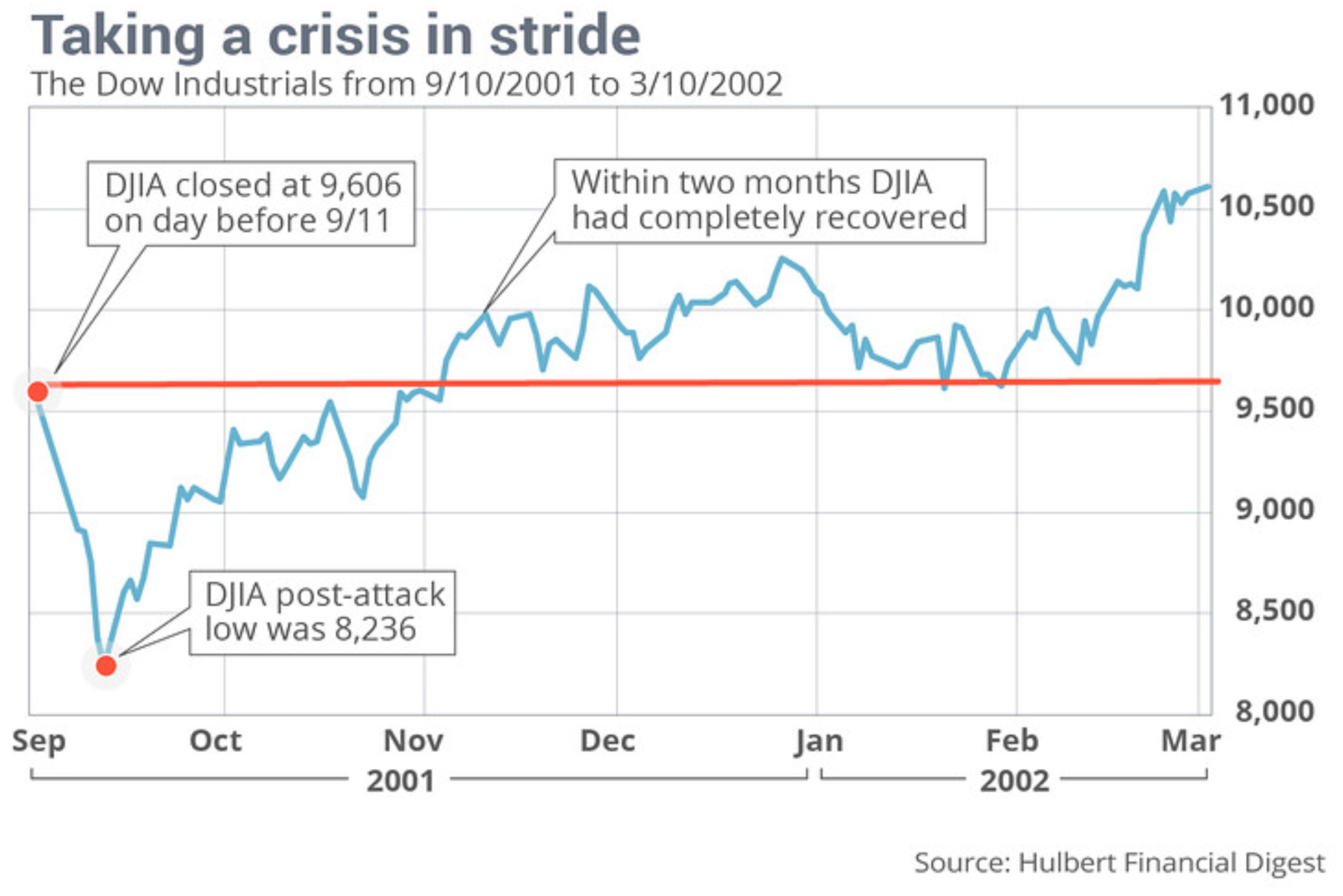by Gary Alexander
November 21, 2023
If you are distressed by anything external, the pain is not due to the thing itself, but to your estimate of it; and this you have the power to revoke at any moment.”
– Marcus Aurelius (121-180 CE), Roman Emperor and Stoic philosopher
Where were you 60 years ago tomorrow? Chances are that everyone over 70 remembers that day very well, chillingly well. I was a freshman deep into a two-hour Friday morning class titled “Principles of Living,” taught by the 71-year-old Chancellor of a small Southern California liberal arts college, and we were deep into studying Stoics and Manicheans, when his ‘hot line’ in the back of the room jingled loudly.
He was an authoritarian captain of that college ship, so he bellowed, “My secretary is under strict orders not to call here unless it’s an emergency,” so he strode back and answered the phone brusquely. He was quiet for a good minute. Then, we only heard his side of the conversation, in these words I’ll never forget:
“The President, shot? The Governor, too? Did they survive? Well (angrily), call me when you are sure!”
Then, he went back to dissecting the Manichean philosophy for 45 tense minutes before his, presumably terrified, secretary had all the facts and called back. All he said was, “OK, I presume the Vice President is sworn in.” This was about 11:30 am, Pacific time, and he went on teaching ancient philosophy for another 20+ minutes as we sweated out our horror in furtive whispers, afraid to ask the Chancellor for more facts.
In retrospect, that two-hour class was a real-life lesson in Stoicism: Maintaining fortitude in adversity and repressing our emotions to the point of seeming indifferent to pain. Finally, at 11:55am, as class neared its end, he said, “The President was shot in Dallas. He is dead, and the Vice President is sworn in,” and so he dismissed us. We 18-year-olds were shell-shocked. Mercifully, all our afternoon classes were cancelled.
That was a major tragedy that scarred a generation – like the Great Depression and Pearl Harbor scarred our parents’ generation – but the stock market took the news somewhat like our Chancellor did – in stride.
After Pearl Harbor mobilized a nation in unity to fight two enemies across two broad oceans, JFK’s death split us apart, dividing us, much like today. The Vietnam War waxed while the Peace Corps waned. Crew cuts grew into long hair. Campus riots trumped studying, and the Beatles drowned out the Beach Boys.
There have been five major external shocks in the last century, each one changing us as a nation, but not changing the stock market much, as if Wall Street were run by Stoic philosophers, well above the fray.
The Last Five Major Generational Shocks – and the Market’s Reaction
Shock 1: The Attack on Pearl Harbor (December 7, 1941)
For those dubbed “The Greatest Generation” (born 1901-1927) and some born early in the “Silent Generation,” Japan’s sudden attack on Pearl Harbor was the major shock of their lifetime, rallying a mostly isolationist nation into unified war fever on two fronts – but the Dow only dipped briefly.
The attack came on a Sunday morning. The Dow fell just 1.6% on Monday, and it fell 6.5% through December 10, 1941, but the Dow then rebounded after a month, for a gain of +3.8%. The Dow then resumed its downdraft until April, when it turned around after the first piece of good war news – Jimmy Doolittle’s surprise bombing raid over Tokyo on April 18, 1942. The Dow bottomed out at 92.92 on April 28, 1942, and then began rising strongly after America’s surprise victories in the Coral Sea (May 4-8, 1942) and then at Midway (June 4-7). The Dow rose 128.7% from April 28, 1942, to May 29, 1946.

Graphs are for illustrative and discussion purposes only. Please read important disclosures at the end of this commentary.
For the Silent Generation and early Baby Boomers, the biggest life shock came with the assassination of John F. Kennedy. The market initially declined, and was closed that Friday afternoon, but when it opened after the President’s funeral, the S&P was already above where it was the day before the President was shot, and the market continued rising through the mid-1960s, with an 85% gain from 1962 to early 1966.

For Generation X (born 1965 to 1980), the most traumatic single moment in their young life was likely the sudden explosion of the Challenger spacecraft after just 73 seconds soaring into the Florida sky, killing all seven astronauts, and effectively dampening our nation’s enthusiasm for space exploration. But the Dow rose 2.7% that week and it rose 150% from July 24, 1984, to August 25, 1987. As for the S&P:

For Millennials (born (1981 to 1996), the signal event of their youth was the Attack on America on 9/11, 2001, and the national paranoia which followed. Although the market was closed for nearly a week, the S&P 500 reached its old high within a month – closing five points higher one month after that fateful day.

Looking at the Dow, it took nearly two months to recover, but the Dow was up 10% after six months.

Graphs are for illustrative and discussion purposes only. Please read important disclosures at the end of this commentary.
For Generation Z (born after 1997), and many others, the biggest recent shock was COVID-19, which seemed to strike like these other events, in a day, or a week at most. On Sunday night, March 15, the Federal Reserve, in an emergency meeting, cut the Fed Funds rate by a full 1%, to zero, but the Dow still fell over 3,000 points the next day, as one state after another locked down nearly all businesses that week.


Graphs are for illustrative and discussion purposes only. Please read important disclosures at the end of this commentary.
The Ides of March 2020 led to a record-fast drop, followed by a record-fast recovery (+20% in three days).
We’ve seen the same trend after several other traumas since 1950. For instance, the young S&P 500 index rose by double digits in each Korean War year: 1950 (+21.8%), 1951 (+16.5%) and 1952 (+11.8%).
- When America first heard about the Cuban Missile Crisis, on October 22, 1962, the S&P was at 55. Its low point that week was 53.5 (down just 2.7%) and the market closed October, up.
- When the first Gulf War broke out on January 17, 1991, the Dow rose 4.6% that day and +17% within a month. When the U.S. invaded Iraq in the week of March 17-21, 2003, the S&P 500 rose 8.43%
- When terrorists first bombed the World Trade Center on February 26, 1993, the S&P closed up that day, and it was up 2.1% that week.
This does not mean those events are positive – they are all quite horrible – but the market responds more to the economy, business news and earnings, not to external events – no matter how dramatic they seem.
You can interpret this survey as a plea to tear down your Wall of Worry, or become a Stoic, like Marcus Aurelius, who was a Roman Emperor, not just a philosopher. (Maybe we could find a President like him!)

HAPPY THANKSGIVING!
All content above represents the opinion of Gary Alexander of Navellier & Associates, Inc.
Also In This Issue
A Look Ahead by Louis Navellier
Consumer Inflation is Fading Fast – and Producer Prices Turned Negative
Income Mail by Bryan Perry
A Technical Take on Where Mr. Market Stands Now
Growth Mail by Gary Alexander
The Market Shrugged Off the Worst Shocks of the Last Century
Global Mail by Ivan Martchev
The Stock Market is Pushing Against Statistical Extremes
Sector Spotlight by Jason Bodner
Where Did All October’s Bears Go (After Halloween)?
View Full Archive
Read Past Issues Here
About The Author

Gary Alexander
SENIOR EDITOR
Gary Alexander has been Senior Writer at Navellier since 2009. He edits Navellier’s weekly Marketmail and writes a weekly Growth Mail column, in which he uses market history to support the case for growth stocks. For the previous 20 years before joining Navellier, he was Senior Executive Editor at InvestorPlace Media (formerly Phillips Publishing), where he worked with several leading investment analysts, including Louis Navellier (since 1997), helping launch Louis Navellier’s Blue Chip Growth and Global Growth newsletters.
Prior to that, Gary edited Wealth Magazine and Gold Newsletter and wrote various investment research reports for Jefferson Financial in New Orleans in the 1980s. He began his financial newsletter career with KCI Communications in 1980, where he served as consulting editor for Personal Finance newsletter while serving as general manager of KCI’s Alexandria House book division. Before that, he covered the economics beat for news magazines. All content of “Growth Mail” represents the opinion of Gary Alexander
Important Disclosures:
Although information in these reports has been obtained from and is based upon sources that Navellier believes to be reliable, Navellier does not guarantee its accuracy and it may be incomplete or condensed. All opinions and estimates constitute Navellier’s judgment as of the date the report was created and are subject to change without notice. These reports are for informational purposes only and are not a solicitation for the purchase or sale of a security. Any decision to purchase securities mentioned in these reports must take into account existing public information on such securities or any registered prospectus.To the extent permitted by law, neither Navellier & Associates, Inc., nor any of its affiliates, agents, or service providers assumes any liability or responsibility nor owes any duty of care for any consequences of any person acting or refraining to act in reliance on the information contained in this communication or for any decision based on it.
Past performance is no indication of future results. Investment in securities involves significant risk and has the potential for partial or complete loss of funds invested. It should not be assumed that any securities recommendations made by Navellier. in the future will be profitable or equal the performance of securities made in this report. Dividend payments are not guaranteed. The amount of a dividend payment, if any, can vary over time and issuers may reduce dividends paid on securities in the event of a recession or adverse event affecting a specific industry or issuer.
None of the stock information, data, and company information presented herein constitutes a recommendation by Navellier or a solicitation to buy or sell any securities. Any specific securities identified and described do not represent all of the securities purchased, sold, or recommended for advisory clients. The holdings identified do not represent all of the securities purchased, sold, or recommended for advisory clients and the reader should not assume that investments in the securities identified and discussed were or will be profitable.
Information presented is general information that does not take into account your individual circumstances, financial situation, or needs, nor does it present a personalized recommendation to you. Individual stocks presented may not be suitable for every investor. Investment in securities involves significant risk and has the potential for partial or complete loss of funds invested. Investment in fixed income securities has the potential for the investment return and principal value of an investment to fluctuate so that an investor’s holdings, when redeemed, may be worth less than their original cost.
One cannot invest directly in an index. Index is unmanaged and index performance does not reflect deduction of fees, expenses, or taxes. Presentation of Index data does not reflect a belief by Navellier that any stock index constitutes an investment alternative to any Navellier equity strategy or is necessarily comparable to such strategies. Among the most important differences between the Indices and Navellier strategies are that the Navellier equity strategies may (1) incur material management fees, (2) concentrate its investments in relatively few stocks, industries, or sectors, (3) have significantly greater trading activity and related costs, and (4) be significantly more or less volatile than the Indices.
ETF Risk: We may invest in exchange traded funds (“ETFs”) and some of our investment strategies are generally fully invested in ETFs. Like traditional mutual funds, ETFs charge asset-based fees, but they generally do not charge initial sales charges or redemption fees and investors typically pay only customary brokerage fees to buy and sell ETF shares. The fees and costs charged by ETFs held in client accounts will not be deducted from the compensation the client pays Navellier. ETF prices can fluctuate up or down, and a client account could lose money investing in an ETF if the prices of the securities owned by the ETF go down. ETFs are subject to additional risks:
- ETF shares may trade above or below their net asset value;
- An active trading market for an ETF’s shares may not develop or be maintained;
- The value of an ETF may be more volatile than the underlying portfolio of securities the ETF is designed to track;
- The cost of owning shares of the ETF may exceed those a client would incur by directly investing in the underlying securities; and
- Trading of an ETF’s shares may be halted if the listing exchange’s officials deem it appropriate, the shares are delisted from the exchange, or the activation of market-wide “circuit breakers” (which are tied to large decreases in stock prices) halts stock trading generally.
Grader Disclosures: Investment in equity strategies involves substantial risk and has the potential for partial or complete loss of funds invested. The sample portfolio and any accompanying charts are for informational purposes only and are not to be construed as a solicitation to buy or sell any financial instrument and should not be relied upon as the sole factor in an investment making decision. As a matter of normal and important disclosures to you, as a potential investor, please consider the following: The performance presented is not based on any actual securities trading, portfolio, or accounts, and the reported performance of the A, B, C, D, and F portfolios (collectively the “model portfolios”) should be considered mere “paper” or pro forma performance results based on Navellier’s research.
Investors evaluating any of Navellier & Associates, Inc.’s, (or its affiliates’) Investment Products must not use any information presented here, including the performance figures of the model portfolios, in their evaluation of any Navellier Investment Products. Navellier Investment Products include the firm’s mutual funds and managed accounts. The model portfolios, charts, and other information presented do not represent actual funded trades and are not actual funded portfolios. There are material differences between Navellier Investment Products’ portfolios and the model portfolios, research, and performance figures presented here. The model portfolios and the research results (1) may contain stocks or ETFs that are illiquid and difficult to trade; (2) may contain stock or ETF holdings materially different from actual funded Navellier Investment Product portfolios; (3) include the reinvestment of all dividends and other earnings, estimated trading costs, commissions, or management fees; and, (4) may not reflect prices obtained in an actual funded Navellier Investment Product portfolio. For these and other reasons, the reported performances of model portfolios do not reflect the performance results of Navellier’s actually funded and traded Investment Products. In most cases, Navellier’s Investment Products have materially lower performance results than the performances of the model portfolios presented.
This report contains statements that are, or may be considered to be, forward-looking statements. All statements that are not historical facts, including statements about our beliefs or expectations, are “forward-looking statements” within the meaning of The U.S. Private Securities Litigation Reform Act of 1995. These statements may be identified by such forward-looking terminology as “expect,” “estimate,” “plan,” “intend,” “believe,” “anticipate,” “may,” “will,” “should,” “could,” “continue,” “project,” or similar statements or variations of such terms. Our forward-looking statements are based on a series of expectations, assumptions, and projections, are not guarantees of future results or performance, and involve substantial risks and uncertainty as described in Form ADV Part 2A of our filing with the Securities and Exchange Commission (SEC), which is available at www.adviserinfo.sec.gov or by requesting a copy by emailing info@navellier.com. All of our forward-looking statements are as of the date of this report only. We can give no assurance that such expectations or forward-looking statements will prove to be correct. Actual results may differ materially. You are urged to carefully consider all such factors.
FEDERAL TAX ADVICE DISCLAIMER: As required by U.S. Treasury Regulations, you are informed that, to the extent this presentation includes any federal tax advice, the presentation is not written by Navellier to be used, and cannot be used, for the purpose of avoiding federal tax penalties. Navellier does not advise on any income tax requirements or issues. Use of any information presented by Navellier is for general information only and does not represent tax advice either express or implied. You are encouraged to seek professional tax advice for income tax questions and assistance.
IMPORTANT NEWSLETTER DISCLOSURE:The hypothetical performance results for investment newsletters that are authored or edited by Louis Navellier, including Louis Navellier’s Growth Investor, Louis Navellier’s Breakthrough Stocks, Louis Navellier’s Accelerated Profits, and Louis Navellier’s Platinum Club, are not based on any actual securities trading, portfolio, or accounts, and the newsletters’ reported hypothetical performances should be considered mere “paper” or proforma hypothetical performance results and are not actual performance of real world trades. Navellier & Associates, Inc. does not have any relation to or affiliation with the owner of these newsletters. There are material differences between Navellier Investment Products’ portfolios and the InvestorPlace Media, LLC newsletter portfolios authored by Louis Navellier. The InvestorPlace Media, LLC newsletters contain hypothetical performance that do not include transaction costs, advisory fees, or other fees a client might incur if actual investments and trades were being made by an investor. As a result, newsletter performance should not be used to evaluate Navellier Investment services which are separate and different from the newsletters. The owner of the newsletters is InvestorPlace Media, LLC and any questions concerning the newsletters, including any newsletter advertising or hypothetical Newsletter performance claims, (which are calculated solely by Investor Place Media and not Navellier) should be referred to InvestorPlace Media, LLC at (800) 718-8289.
Please note that Navellier & Associates and the Navellier Private Client Group are managed completely independent of the newsletters owned and published by InvestorPlace Media, LLC and written and edited by Louis Navellier, and investment performance of the newsletters should in no way be considered indicative of potential future investment performance for any Navellier & Associates separately managed account portfolio. Potential investors should consult with their financial advisor before investing in any Navellier Investment Product.
Navellier claims compliance with Global Investment Performance Standards (GIPS). To receive a complete list and descriptions of Navellier’s composites and/or a presentation that adheres to the GIPS standards, please contact Navellier or click here. It should not be assumed that any securities recommendations made by Navellier & Associates, Inc. in the future will be profitable or equal the performance of securities made in this report.
FactSet Disclosure: Navellier does not independently calculate the statistical information included in the attached report. The calculation and the information are provided by FactSet, a company not related to Navellier. Although information contained in the report has been obtained from FactSet and is based on sources Navellier believes to be reliable, Navellier does not guarantee its accuracy, and it may be incomplete or condensed. The report and the related FactSet sourced information are provided on an “as is” basis. The user assumes the entire risk of any use made of this information. Investors should consider the report as only a single factor in making their investment decision. The report is for informational purposes only and is not intended as an offer or solicitation for the purchase or sale of a security. FactSet sourced information is the exclusive property of FactSet. Without prior written permission of FactSet, this information may not be reproduced, disseminated or used to create any financial products. All indices are unmanaged and performance of the indices include reinvestment of dividends and interest income, unless otherwise noted, are not illustrative of any particular investment and an investment cannot be made in any index. Past performance is no guarantee of future results.
